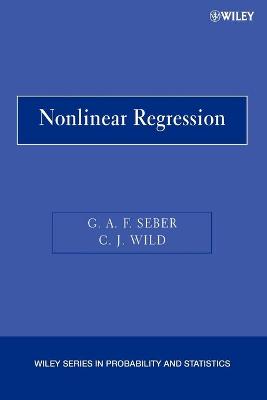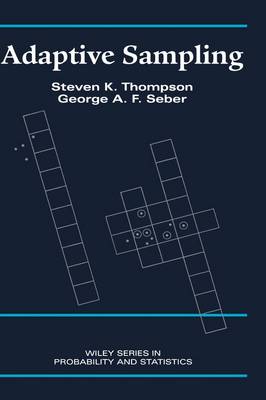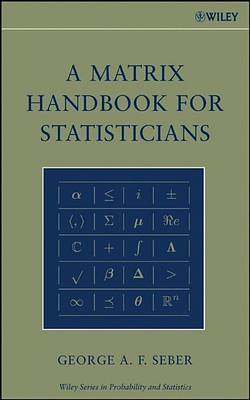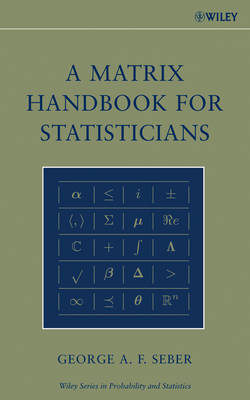Wiley Series in Probability and Statistics
4 primary works • 8 total works
Book 252
Book 329
Linear Regression Analysis, Second Edition
by George A. F. Seber and Alan J. Lee
Book 585
Book 755
An ideal reference for statisticians conducting research in survey designs and spatial statistics as well as researchers working in the environmental, ecological, public health, and biomedical sciences. Adaptive Sampling: Provides a comprehensive, fully integrated introduction to adaptive sampling theory and practice Describes recent research findings Introduces readers to a wide range of adaptive sampling strategies and techniques Includes numerous real-world examples from environmental pollution studies, surveys of rare animal and plant species, studies of contagious diseases, marketing surveys, mineral and fossil-fuel assessments, and more
Organized into six sections, the book covers basic sampling, from simple random to unequal probability sampling; the use of auxiliary data with ratio and regression estimation; sufficient data, model, and design in practical sampling; useful designs such as stratified, cluster and systematic, multistage, double and network sampling; detectability methods for elusive populations; spatial sampling; and adaptive sampling designs. Featuring a broad range of topics, Sampling, Third Edition serves as a valuable reference on useful sampling and estimation methods for researchers in various fields of study, including biostatistics, ecology, and the health sciences. The book is also ideal for courses on statistical sampling at the upper-undergraduate and graduate levels.
These topics include: Complex matrices A wide range of special matrices and their properties Special products and operators, such as the Kronecker product Partitioned and patterned matrices Matrix analysis and approximation Matrix optimization Majorization Random vectors and matrices Inequalities, such as probabilistic inequalities Additional topics, such as rank, eigenvalues, determinants, norms, generalized inverses, linear and quadratic equations, differentiation, and Jacobians, are also included. The book assumes a fundamental knowledge of vectors and matrices, maintains a reasonable level of abstraction when appropriate, and provides a comprehensive compendium of linear algebra results with use or potential use in statistics. A Matrix Handbook for Statisticians is an essential, one-of-a-kind book for graduate-level courses in advanced statistical studies including linear and nonlinear models, multivariate analysis, and statistical computing. It also serves as an excellent self-study guide for statistical researchers.
Linear Regression Analysis, Second Edition by George A. F. Seber and Alan J. Lee (978-0-471-41540-4)
Nonlinear Regression by George A. F. Seber and C. J. Wild (978-0-471-47135-6)
Adaptive Sampling by Steven K. Thompson and George A. F. Seber (978-0-471-55871-2)
Multivariate Observations by George A. F. Seber (978-0-471-69121-1)
A Matrix Handbook for Statisticians by George A. F. Seber (978-0-471-74869-4)





